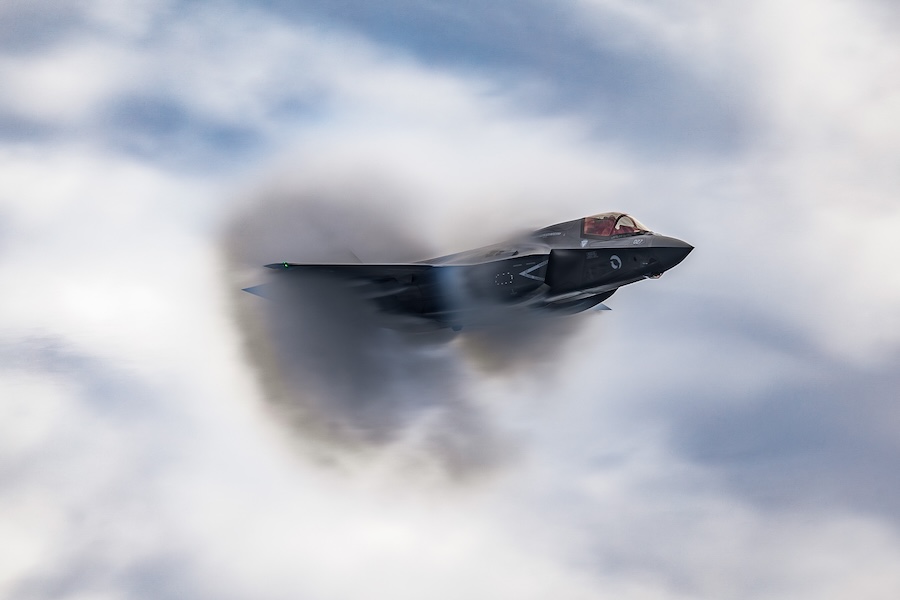The system can detect, track, and neutralise targets up to 1km away almost instantaneously. With an estimated energy cost of less than 10p per shot, the RFDEW offers a potentially cost-effective complement to traditional air defence systems.
Developed by a Thales UK-led consortium under a contract awarded by Team HERSA, a joint enterprise between Defence Equipment and Support (DE&S) and the Defence Science and Technology Laboratory (Dstl), the RFDEW uses high-frequency waves to disable electronic components. This disrupts devices such as drones, rendering them inoperable or causing them to crash.
A Radio Frequency Directed Energy Weapon (RFDEW) that could pave the way for game-changing capabilities to the future battlefield has been successfully tested by the @BritishArmy.
👉 Developed by a @ThalesUK led consortium and supported by our experts & @dstlmod. pic.twitter.com/xMEIy9RJMR
— Defence Equipment & Support (@DefenceES) December 23, 2024
Live firing trials at Manorbier range in West Wales, conducted by the Royal Artillery Trials and Development Unit and 7 Air Defence Group, demonstrated the system’s ability to engage drone targets effectively. The trials were part of ongoing efforts to explore the operational capabilities of directed energy weapons.
A spokesperson for DE&S’ RF DEW team emphasised the collaborative effort behind the project: “The DEW team are working closely with UK Armed Forces, Dstl and industry partners, using engineering, management and commercial expertise to deliver directed energy weapons into service and secure a crucial advantage against emerging threats.”
The current demonstrator will not be deployed operationally, but the knowledge gained from its development and testing will help shape future requirements for directed energy systems. With a high degree of automation, the RFDEW can be operated by a single person and mounted on vehicles for enhanced mobility.
Maria Eagle MP, Minister for Defence Procurement, described the trials as a positive development for UK defence capabilities. She said, “The successful firing by the British soldiers of our Radio Frequency Directed Energy Weapon is another step forward for a potentially game-changing sovereign weapon for the UK. It’s great to see defence experts and industry working collaboratively to put cutting-edge equipment in the hands of our Armed Forces.”
The RFDEW demonstrator was developed by a consortium including Thales UK, QinetiQ, Teledyne e2v, and Horiba Mira, supporting up to 135 jobs in the UK. Nigel MacVean, Managing Director of Thales Integrated Airspace-protection Systems, commented on the trials: “Thales has been at the forefront of this pioneering technology for over 40 years, and our continued research and development in this sector, along with our partners in Government, paves the way for a strong future in this field.”
Project Ealing will continue to focus on advancing RFDEW capabilities through further experimentation. Team HERSA, in collaboration with operators, will refine requirements and develop technology for future mission-ready systems. These efforts represent a step forward in equipping the Armed Forces with innovative, cost-effective defence solutions.




















